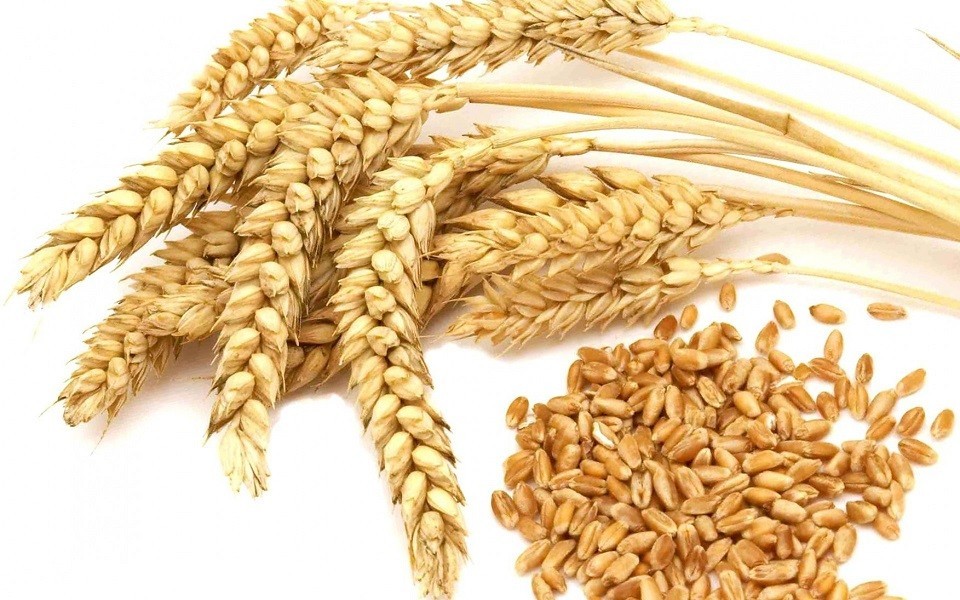Wheat imports rising as Filipinos diversify diet

The Philippines is expected to import more wheat in the 2024-2025 marketing year as the demand for various products such as bread, cakes, and noodles increased along with population growth.
The United States Department of Agriculture’s Foreign Agricultural Service (FAS) said the inflow of Philippine-bound wheat cargoes from July 2024 to June 2025 is expected to reach 7.2 million metric tons (MT).
The estimated volume is 4.1 percent higher than the 6.9 million MT of wheat that the USDA-FAS estimates to have been imported to the Philippines in the 2023-2024 marketing year.
The report expects the importation of milling wheat—which is used for human consumption—to increase in the current marketing year but anticipates stable overseas purchases of feed wheat, which is used for animals’ food.
The Philippines does not produce wheat and depends solely on imports to meet its supply needs.
The demand for milling wheat is estimated to rise by 4.3 percent to 3.65 million MT while the forecast on feed wheat consumption is maintained at 3.45 million MT.
“As a result of income increases, industry contacts report that consumers are diversifying their diet to include other wheat-based products, alongside the staple rice, which [is] consumed both at home and outside the home (such as at quick-service and full-service restaurants),” it said.
However, the American agency said it anticipates the consumption of feed wheat to be unchanged as local feed manufacturers will favor feed corn more due to declining global corn prices.
The report observed that corn is still the preferred key ingredient in producing animal feeds given its nutritional profile (fattening) and physical attributes (yellow color).
Feed wheat, on the other hand, is used to fill supply gaps for feed corn or when prices for feed wheat are lower.
According to the USDA-FAS, prices of milling wheat have decreased to an average of $274 per MT in July-August from $311 per MT in the same period last year.
For almost 30 years of expertise in the agri markets, UkrAgroConsult has accumulated an extensive database, which became the basis of the platform AgriSupp.
It is a multi-functional online platform with market intelligence for grains and oilseeds that enables to get access to daily operational information on the Black Sea & Danube markets, analytical reports, historical data.
You are welcome to get a 7-day free demo access!!!
Write to us
Our manager will contact you soon



